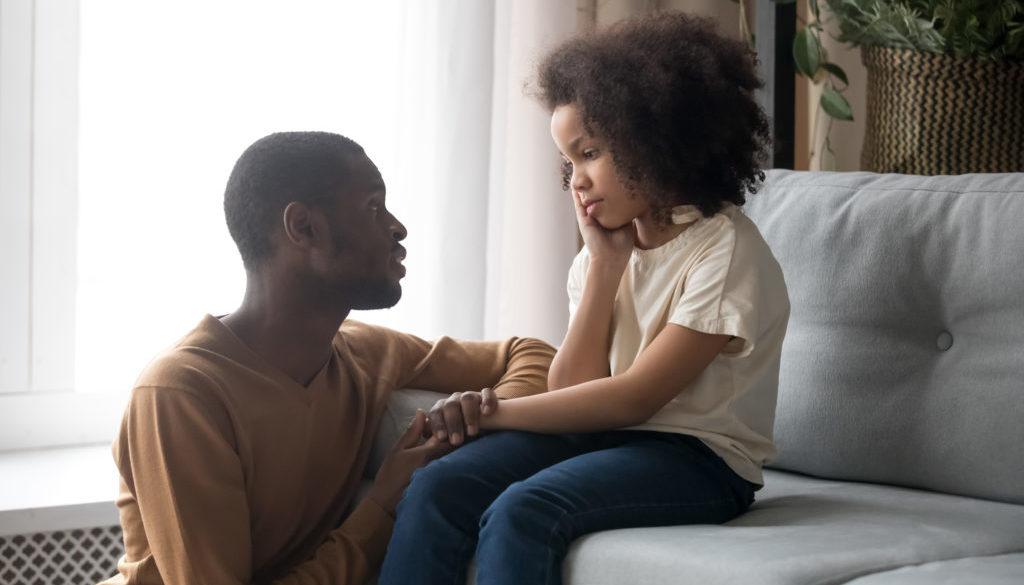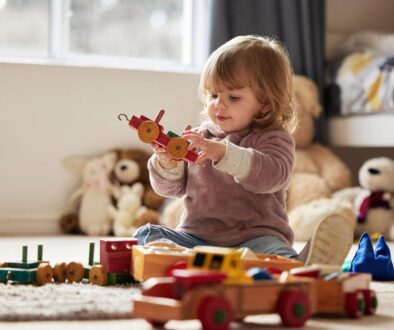The Peaceful Posture

A normal part of parenting is dealing with challenges that arise for your child. Children get dysregulated and need a trusted caregiver to help them get through big emotions. Remember that no matter what the problem is, kindness is always the right response. When your child is struggling with a big feeling or problem; stop, listen, and then respond to the need, not the behavior. All feelings are ok, but not all behaviors are. The behavior can be addressed later, after the need has been met. The need is at the core of the behavior and until that is addressed, the ability for effective communication will be limited.
Try the Peaceful Posture to help disarm power struggles.
- Get below eye level
- Open your arms
- Maintain a soft jaw
- Use a calm voice
- Apply gentle touch, such as holding hands, a hand on the shoulder or touch their face. If a child does not want to be touched, however, honor their bodily autonomy.
Why it cultivates peace:
Below eye level – Being on the same physical level, or lower, as your child helps them feel safer and more connected to you. It calms the amygdala, the part of the brain responsible for the fight or flight response, which disarms fear and threat perception.
Open arms – Crossed and folded arms create a literal barrier between you and your child. When you keep your arms open and loose, it conveys that you are open, receptive, and approachable. Open arms naturally draws people to you and eases discomfort.
Soft jaw – Unclenching your jaw is more for you than for your child. When you make the conscious choice to soften your jaw, neck, and shoulders, you release tension and de-stress your body. Although subtle, your child will pick up on the softness in your body and feel more secure with you.
Calm voice – When you are ready to speak, do it softly and keep it brief. By taking deep breaths and taking time to formulate what you will say in the fewest words possible, your child’s threat response will be disarmed, and they will feel calmer.
Gentle touch – When a caregiver and a child physically touch, the adult’s calm central nervous system harmonizes with the child’s. This is called co-regulation and it helps guide the child from a state of dysregulation and distress to a state of mutual shared calmness. *Remember to honor bodily autonomy if your child does not want to be touched.





